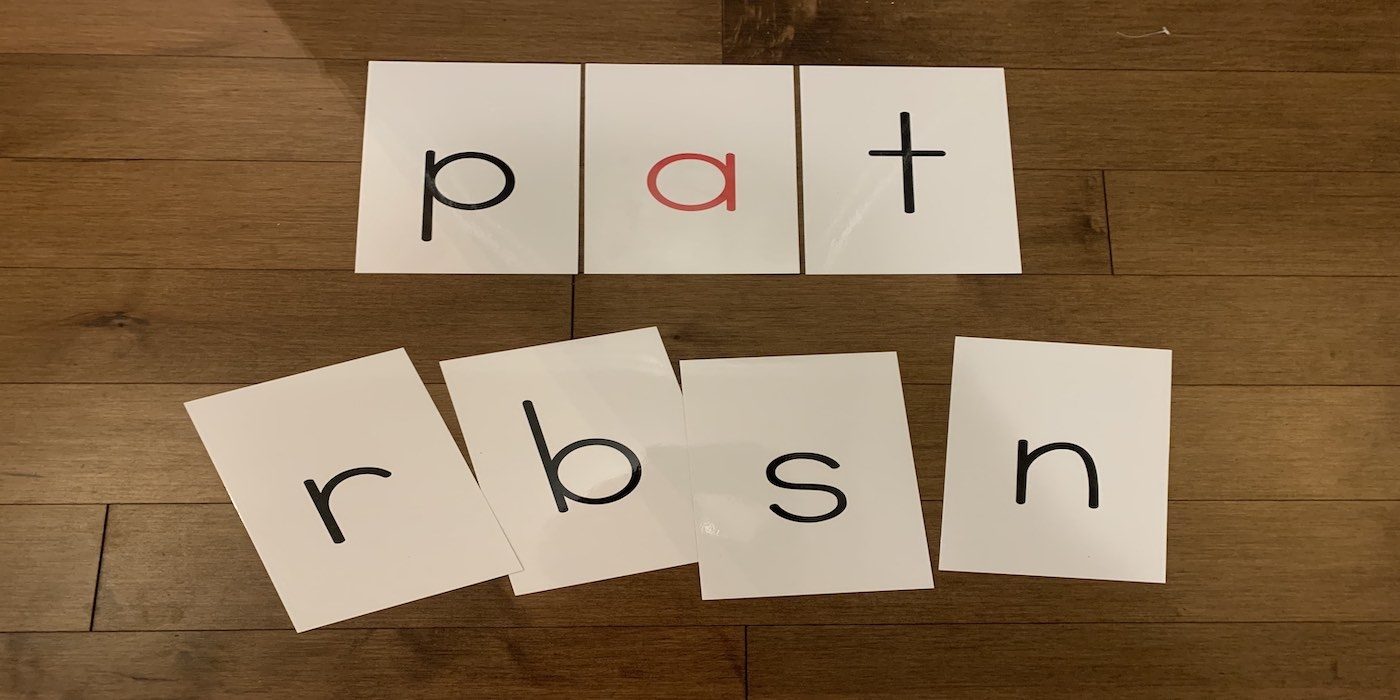The term decoding is used to describe a reader's application of letter-to-sound correspondences and letter pattern knowledge to convert print into language. It also refers to "the ability to read printed words without the aid of context" (Hennessy, 2021).
In order to decode print, children must understand that the sounds in the words they speak (phonemes) are represented by predictable alphabetic symbols (graphemes). This is known as the Alphabetic Principle. The 26 letters in the alphabet are the initial key to unlocking the sounds in speech, however increasingly more complex letter pattern knowledge is required for the many representations of phonemes in the English language.
Explicit and sequential phonics instruction supports learners’ abilities to decode with success. This instruction should be guided by a thoughtful scope and sequence, plus regular formative assessment, to ensure learners gain mastery of the code of print. Phonics instruction involves clear instruction in letter formation, letter sounds, and letter pattern sounds, accompanied by meaningful interactions with decodable text to practice applying new letter/sound learning.





















